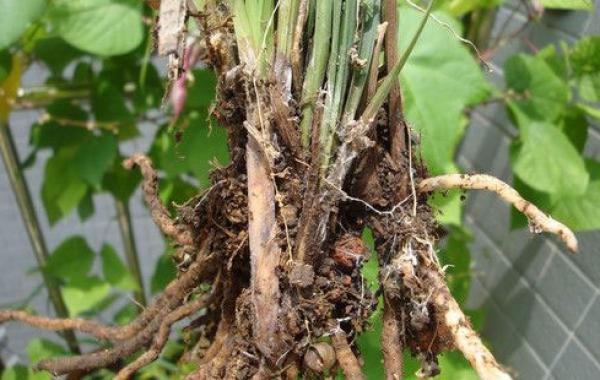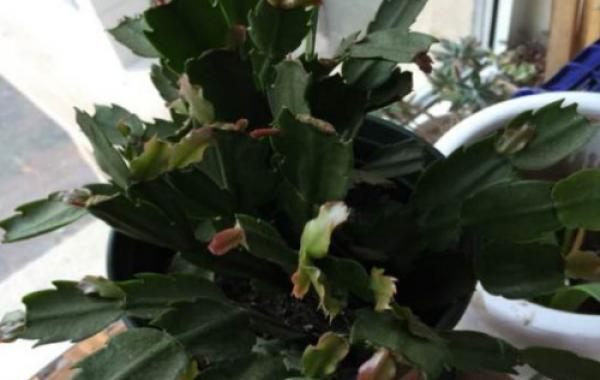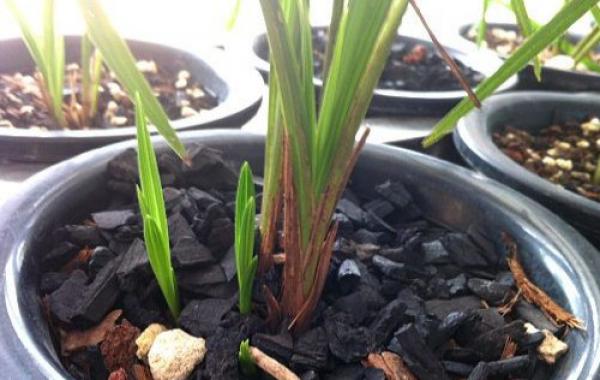Symptoms, causes and control methods of white silk disease of orchids

White silk disease is one of the most common plant diseases, with more than 500 species in 100 families, such as Cucurbitaceae and Caryophyllaceae. Although white silk disease is not as common as Botrytis cinerea and anthracnose in orchids, it is also one of the more common diseases in orchids and is a worldwide disease. This article is introduced in detail for your reference.
Symptom
If the condition is right, it can infect any part, such as root, bulb, leaf and so on. The diseased part is often immersed in water, sometimes accompanied by yellow liquid exudation. The white silk-like substance grew in the injured part, sometimes radiating, and the sclerotia the size of rapeseed was produced on the hyphae, which was white at first and brown in the later stage, with a diameter of 2mm~4mm. When the false bulb is infected, it finally leads to the lodging and death of the plant.
Disease condition
Sclerotia is the residual tissue of bacteria and an important source of infection. it has no dormant period and has strong resistance to adverse environment. The pathogen overwintered with mature sclerotia in the disease part or with the disease residue into the soil, and the warm area could overwinter with mycelium on the organism. It can spread with the spread of water, and it is easy to occur under the conditions of high temperature and high humidity. generally, the temperature reaches 25 ℃ ~ 35 ℃ from May to June, and the sclerotia begins to germinate and spread in the soil when the humidity reaches more than 90%. The main factors affecting its germination are temperature and humidity. The lower limit of pathogen development is 8 ℃, the upper limit is 40 ℃, the most suitable value is 25 ℃ ~ 33 ℃, and the most suitable pH value is 5.9. Sclerotia can survive for 10 years under indoor conditions, 5-6 years under natural conditions, and only 3-4 months in water. The high temperature and humidity in the rainy season in southern China, coupled with the wet substrate and poor ventilation, can easily lead to the occurrence of the disease.
Anti-metallurgical method
Physical control:
1. In the rainy season, the substrate should be prevented from getting too wet, the air humidity should be too high, ventilation should be paid attention to, and the principle of "no dry, no watering, no watering" should be grasped.
2. The culture medium and flowerpot can be treated at high temperature before use, the sclerotia can be killed when the temperature reaches 100℃, and the hyphae are easy to die when exposed to the hot sun.
3. When diseased plants are found, they should be isolated immediately, destroyed immediately if they are serious, and the diseased plants, diseased leaves and cultivation substrates should be cleaned up to block the source of infection.
Chemical control:
1. The lightly diseased plants immediately change pots, remove the diseased plants, and soak the orchid plants in the same basin in 1% copper sulfate solution for disinfection. And spray chemical control to the surrounding plants, the drug control can use Jinggangmycin 500 times 700 times liquid, direct spray gonorrhoeae plants 2 times 3 times, can basically be completely removed. Jinggangmycin is one of the most effective drugs to control white silk disease at present. You can also use 15% pink rust rather than wettable powder mixed with fine dry soil to spread 200 parts on the rhizome of the diseased plant.
2. Before use, the matrix can also be treated with chemicals in addition to high-temperature disinfection. 40% pentachloronitrobenzene powder can be used, 0.2-0.3% of the weight of the matrix can be mixed into the matrix, or 500 times diluted with water.
Related
- Is the orchid suitable for indoor use? Is it good for the body?
- How to prevent the empty root of orchids?
- What to do after the crab claw orchid is withered?
- Why are the leaves of orchids always yellow? Fertilizing and watering.
- Can the root of the gentleman orchid be saved if it is rotten?
- Diagnosis and treatment of cotton-blowing beetle insects in Cymbidium
- There is a way for a gentleman's orchid to rot.
- What is the most suitable temperature and humidity for the orchid?
- How to raise a gentleman's orchid? Cultivation techniques of Cymbidium
- How to prepare the nutritive soil for the cultivation of Cymbidium



